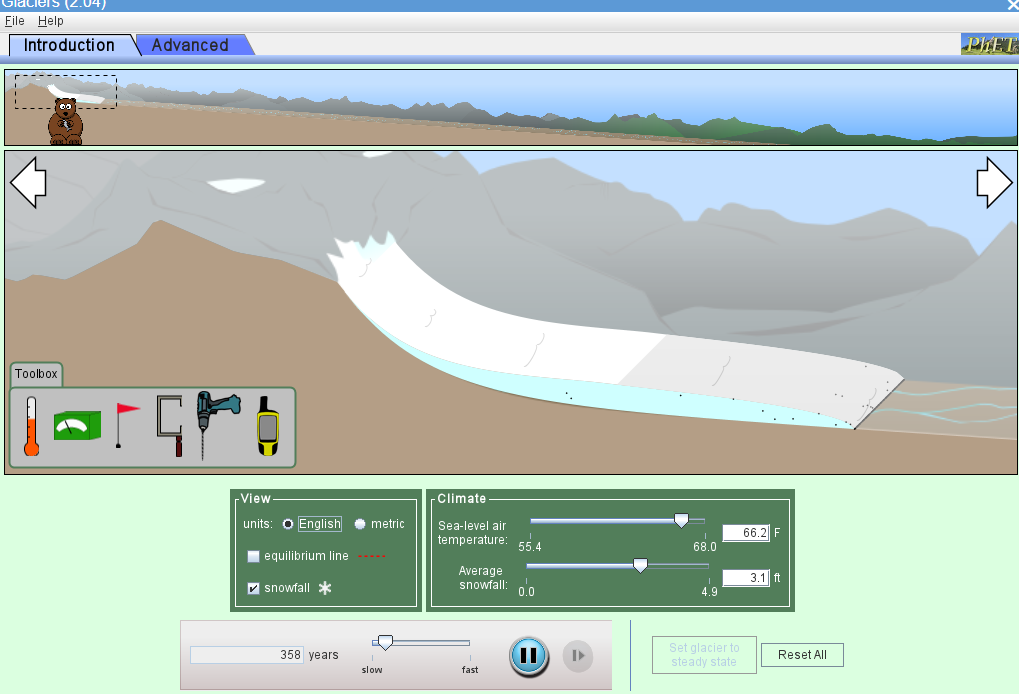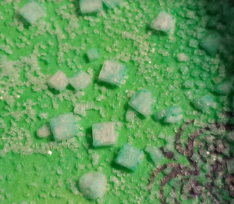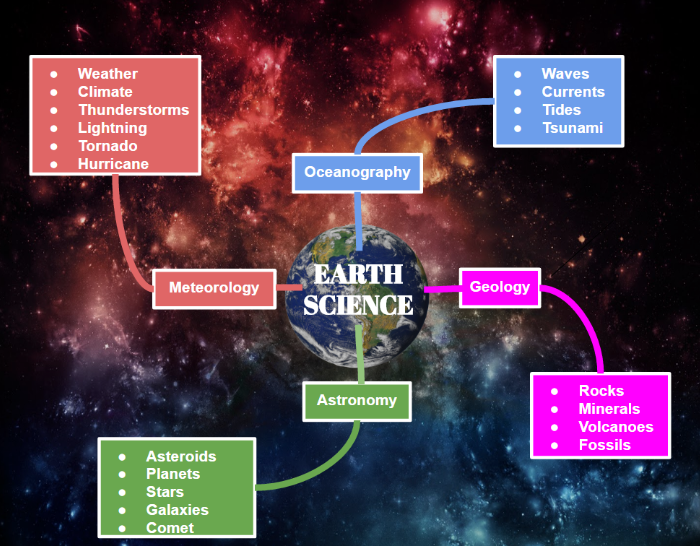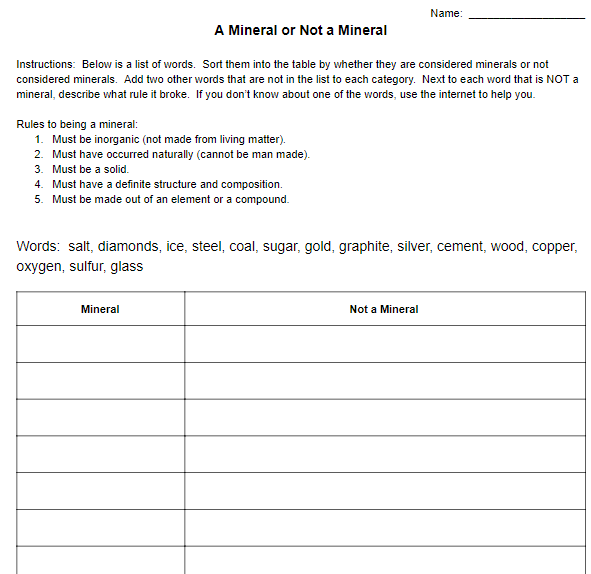Interjections: School House Rock Interjections Song
When introducing your interjections to your language arts class, this video by Schoolhouse Rock would be a fun one to show. This song will probably put the word interjections into their long term memories.





